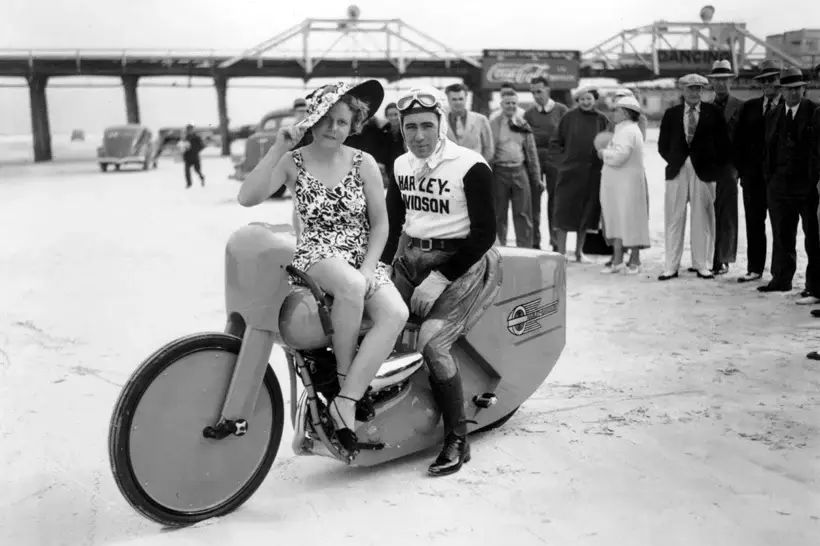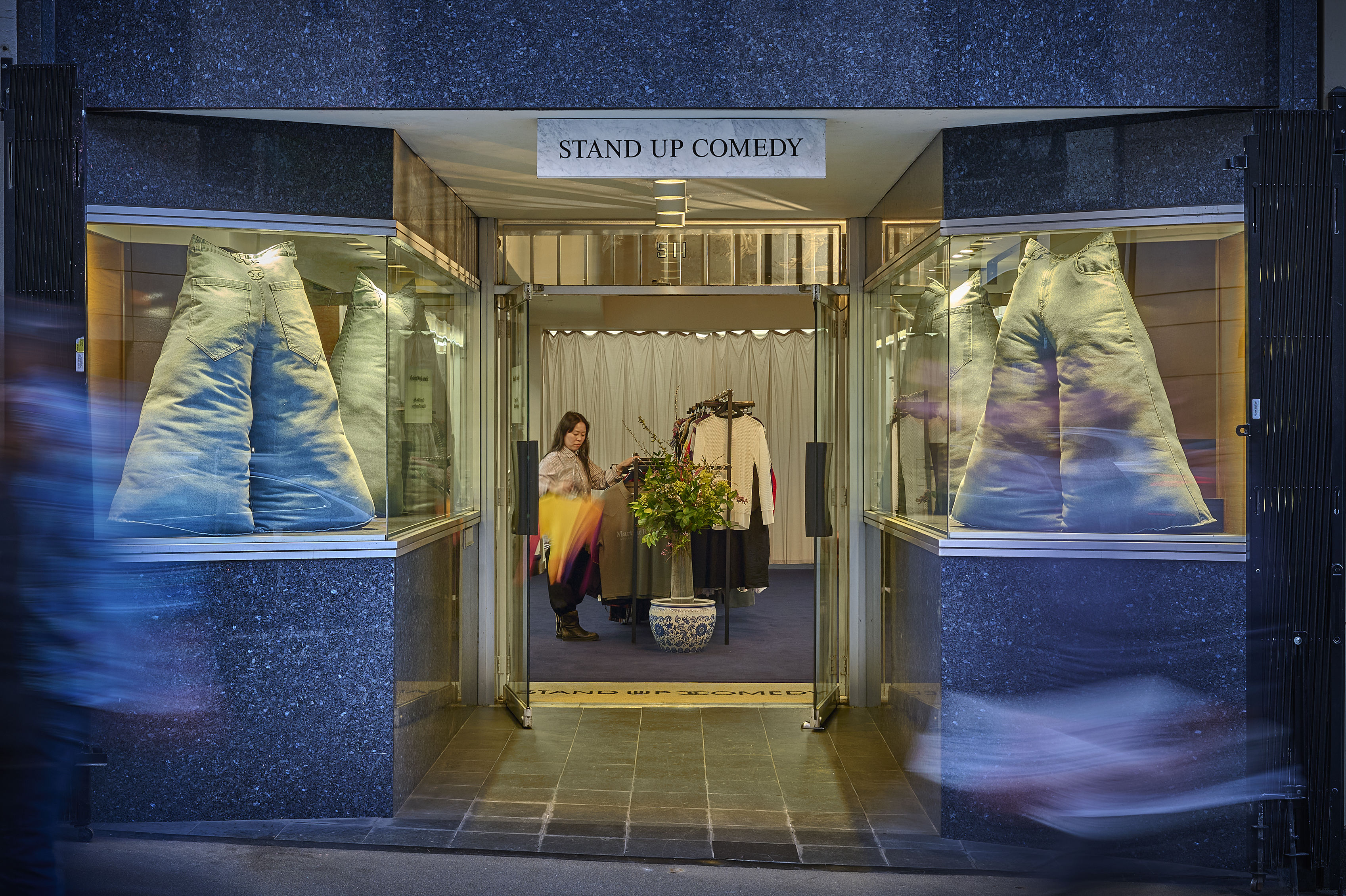Super Mario
When Mario Bisio began sweeping floors as a pre-teen in his father’s Lloyd Center clothing store—Mario’s—Portland was all sharkskin suits and polyester shirts. But Bisio had grander dreams. He even bought his high school graduation suit from another store because he didn’t like his father’s taste. So, when dad died in 1975, Bisio filled Mario’s racks with Italian suits and something that surely caused a grave-flip: stonewashed jeans.
"I was full of youth and testosterone," he says. "I thought, ‘Of course, Portland will get it. How could it not?’"
It did. So, too, Seattle, where Mario’s opened a second store in 1982. By the mid-’80s, Bisio was tallying more than $4 million in annual sales. In 2006, he tapped the burbs with a Bridgeport Village premium denim boutique. This month, the micro-chain—which DNR magazine named one of country’s 50 most influential men’s stores—celebrates 50 years in business, a shining achievement in light of the recent luxury market plunge (RIP Portland’s Saks, July 2010).
So what’s behind Mario’s success in a town that, until recently, held down Pluto’s position in the fashion universe? Simple: "I want people to feel confident and comfortable in whatever they’re wearing," says Bisio, who, in 2008, earned a Lifetime Achievement Award from MR magazine. That means being comfortable with the price, too, which is why Bisio started his own moderate label in the ’80s.
Today Mario’s also carries names like Prada and Oscar de la Renta. It’s a highly curated collection: Bisio travels with his women’s fashion director, Lynwood Holmberg, at least twice a year to Italy, plus eight times to New York. If a trend doesn’t look good they won’t buy it. And because each season, Bisio likes to introduce new designers (he was one of the first to bring Diesel jeans to the US, in 1976), his attention is highly coveted at fashion events.
"Style is about how you put it together," says Bisio. "People shouldn’t just notice one piece."
An ensemble performance, in other words. An orchestra piece. As he pads around his store, Bisio’s own attire underscores the point: His navy blazer and khaki trousers—the strings and woodwinds—carry the melody, while the flash of his red-soled Cucinelli loafers plays bass. And the turquoise striped Paul Smith socks? Why, they’re the whimsical piccolo, singing just above his feet.




